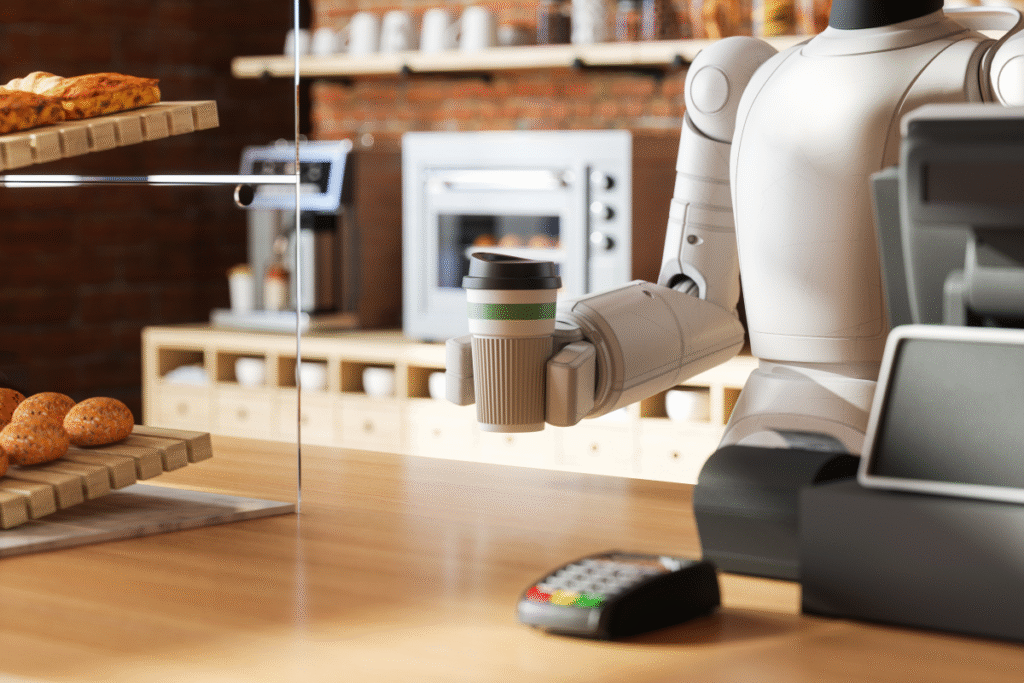Technology shapes our day at every turn. Many of us feel pulled in a thousand directions by alerts and notifications. Calm technology aims to give us relief. It brings the benefits of digital tools without the chaos. This idea has its roots at Xerox PARC in 1995 when Mark Weiser and John Seely Brown imagined devices that know when to speak and when to stay silent.

The Roots of Calm Technology
Weiser and Brown saw that people need space to think. They knew that machines work best when they fit into our lives. Their vision led to tools that:
They make tasks simpler so we can focus on our goals.
They offer only the needed information and then fade away.
They let us stay present without constant demands on our attention.
Their work inspired the field of human centered computing and new ways to study how we use devices. More recently Amber Case built on these ideas in her book about calm design. She shows how products can listen and then gently guide us at the right moment.
How Calm Technology Feels Today
When a tool feels calm, it never jolts you awake with a loud alert. It stays in the background until you need it. A smart thermostat might dim its display until you walk into the room. A wellness app might nudge you with steps to take only when you are free. A community forum might let you choose which updates to see and when to see them.
At Zapnito we use calm technology to shape our online spaces. We let members opt into rooms that match their interests so they avoid noise that does not matter. We let them focus on real conversations with experts and peers. This way they spend time only on what adds value to their lives.
A Simple Way to Design Calm Tools
True calm tools begin by asking what people really need. Then they look for the smallest step that solves that need. They hide extra controls and reveal them only when they will help. They fail gently, so they never leave us stranded. They share data only when it improves our tasks.
One way to think of this is to place key features front and center. If a user checks in on a live event, the app shows details at the top of the screen. If they use a beta feature, we hold it off until they choose to try it. This lets them stay in control of both content and timing.
How Calm Design Builds Trust
When apps never shout for our attention, they earn our trust. We learn that they respect our time and our space. We give them more data because we know they will use it well. We return again and again because they feel more like partners than machines.
This trust brings better results. Communities grow stronger as people share without fear of being overwhelmed. Teams work smoothly as tools help without causing new tasks. Brands build loyalty as they create human connections rather than just noise.

Why the World Needs Calm Technology Now
Our days brim with choices from dawn until dusk. From the moment we wake to the time we rest our heads, devices call our name at every turn. This constant pull can lead to stress and lower our creativity. Calm technology offers a way to balance the benefits of innovation with the need for clear focus.
As we face global challenges and rapid change, we need space to think and connect. Calm tools give us that space by making complex tasks simple and easing our minds. They shape a digital world where people remain at the center and machines fade into the background until they can help.
With calm technology, we can build a future that is both clever and kind. We can embrace new inventions and still keep our peace. This balance will help us thrive in a busy world.





